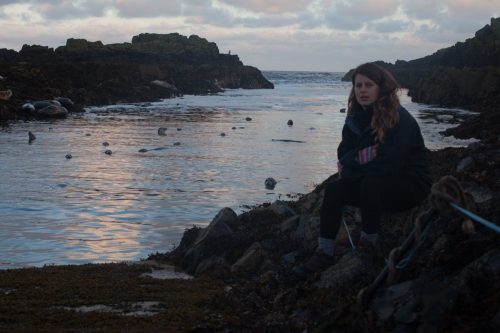I have now done the calculations and added up the numbers and can report that this year the Isle of May received more visitors than any other year in its history as a National Nature Reserve. A grand total of 10 800 visitor made it across to the island, beating the previous record by over 1500.
The May Princess had a phenomenal year bringing just over 9000 visitors over, with the Seabird Centre boat (Seabird 1) and the RIB Osprey also breaking records bring 705 and 863 visitors respectively. The total was supplemented by an amazing 111 kayaks and also a number of small privately owned boats.
So why was it such a good year? Well I think it is down to 3 reasons:
- the fantastic weather for much of the season,
- the increased profile of the island in the media, featuring on news, wildlife, historical and countryside TV programmes through the season and in the BBC Wildlife magazine.
- all the hard work and professionalism put in by the boatowners and crews in improving the way they deal with visitors and working hard to make sure they have a fine day out.
Of course going back in history there have been busier times on the May. First and Second World Wars would have seen the island being a hive of activity. And going further back documents indicate that when the island was at its height of fame as a pilgrimage destination then it could receive up to 50 000 visitors a year.
Seeing as we only have 2 toilets in our visitor centre currently and archaeologist tell me that the priory had a 10 seater then this gives us an idea of how far we still have to go.
So if you haven't yet been out to the island and want to see what all the fuss is about why not put it high up your bucket list and make plans for next year.

























.JPG)
.JPG)
.JPG)
.JPG)

.JPG)
.JPG)
.JPG)
.JPG)